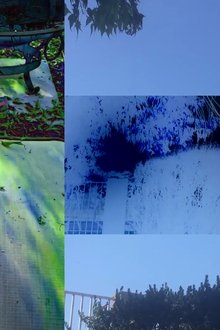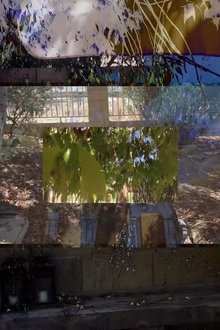Related Movies
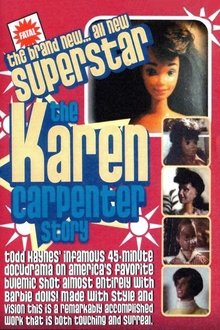
Superstar: The Karen Carpenter Story (1987)
The final 17 years of American singer and musician Karen Carpenter, performed almost entirely by modified Barbie dolls.

Highlights (2017)
Lights flicker & fade as focus shifts from artificial to natural light, ending on a second artificial light speeding through the blackened miasma of the night sky.

38/79: Sentimental Punk (1979)
'It was in San Francisco at a punk festival. I was already high and the air was so thick in the rooms that you could cut it with a knife. I had a photograph camera with me; I stood in a corner of the entrance hall and took 36 pictures on slide film. At home I put the slides into a slide projector. I took out the lens and filmed the slides by filming directly from the projector - using single frames according to a certain plan.'
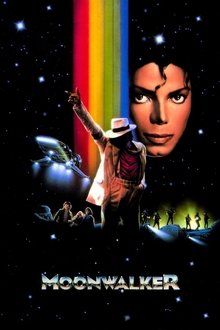
Moonwalker (1988)
Moonwalker is a 1988 American experimental anthology musical film starring Michael Jackson. Rather than featuring one continuous narrative, the film expresses the influence of fandom and innocence through a collection of short films about Jackson, some of which are long-form music videos from Jackson's 1987 album Bad. The film is named after his famous dance, "the moonwalk", which he originally learned as "the backslide" but perfected the dance into something no one had seen before. The movie's introduction is a type of music video for Jackson's "Man in the Mirror" but is not the official video for the song. The film then expresses a montage of Michael's career, which leads into a parody of his Bad video titled "Badder", followed by sections "Speed Demon" and "Leave Me Alone". What follows is the biggest section where Michael plays a hero with magical powers and saves three children from Mr. Big. This section is "Smooth Criminal" which leads into a performance of "Come Together".
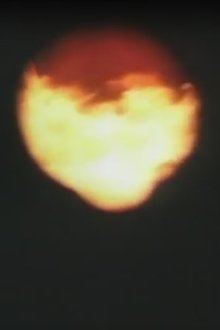
Hjärtat brinner (1967)
A film that places the bright and dark sides of life close together. From an understatement beginning, the movie drives up to an ecstatic highlight with a love act between two young people. The orgasm becomes an enormous image flow into the crematorium's death machine.
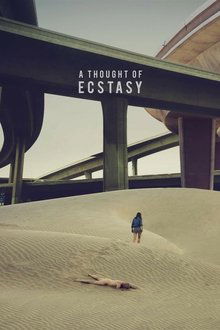
A Thought of Ecstasy (2018)
August 2019. Frank recognizes his own story of twenty years ago in a recently published book. He remembers Marie, with whom he had a relationship before she moved to the United States and disappeared from his life. Frank sets out in search of her and finds himself in a USA petrified by a heat wave and lost in suspicion and political paranoia. He heads into the desert in pursuit of Marie.
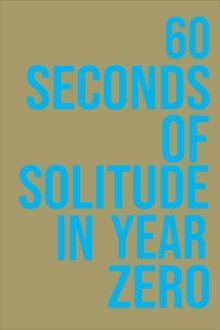
60 Seconds of Solitude in Year Zero (2011)
An anthology of one-minute films created by 51 international filmmakers on the theme of the death of cinema. Intended as an ode to 35mm, the film was screened one time only on a purpose-built 20x12 meter public cinema screen in the Port of Tallinn, Estonia, on 22 December 2011. A special projector was constructed for the event which allowed the actual filmstrip to be burnt at the same time as the film was shown.

Ruminative Meditations (2017)
Say Om as you reach home only to realize you never really left/stopped saying Om.
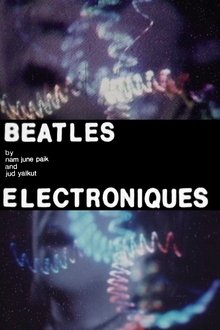
Beatles Electroniques (1969)
Part of a collection of restored early works by Nam June Paik, the haunting Beatles Electronique reveals Paik's engagement with manipulation of pop icons and electronic images. Snippets of footage from A Hard Day's Night are countered with Paik's early electronic processing.

welcome_home.exe (2021)
As technology accelerates, our species' collective imagination of the future grows ever more kaleidoscopic. We are all haunted by temporal distortion, perhaps no more than when we attempt to remember what the future looked like to our younger selves. As the mist of time devours our memories, the future recedes; each of us burdened by the gaping mouth of entropy. Yet, emerging technology provides a glimmer of hope; transhumanism promises a future free from mortality, disease and pain. Does our salvation lie in digital simulacra? We're here to sell you the answer to that question, for the low, low price of four hundred and seventy seconds.

All Those Things (2017)
Something I know or something I was told? When something scalding translates something to behold.
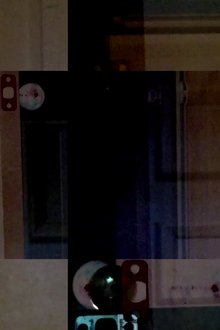
What Was It Supposed to Be Like? (2017)
Rather pointless, rather stilted, fetid; not what we want us going after.

Leafing You Behind (2017)
Abandoning the Abaddon-loathed abandoner opens plenty of reclaimed... everything(s).
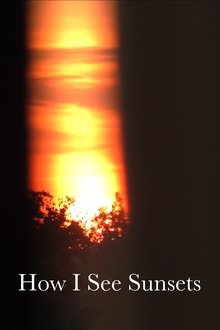
How I See Sunsets (2017)
A poetic, semi-autobiographical short film of the sun setting over a village, shot from behind the curtains of a small, dimly lit room.
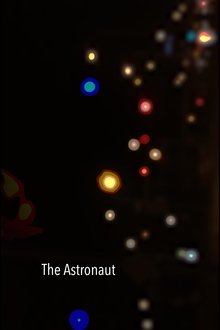
The Astronaut (2017)
A short film recounting the travels of a lonely astronaut confronted by the unknown. Unfolding as a mystery, it becomes a carefully subtle, autobiographical examination of the feeling of loneliness and the existential issue of not understanding life on earth and ones place among it.
